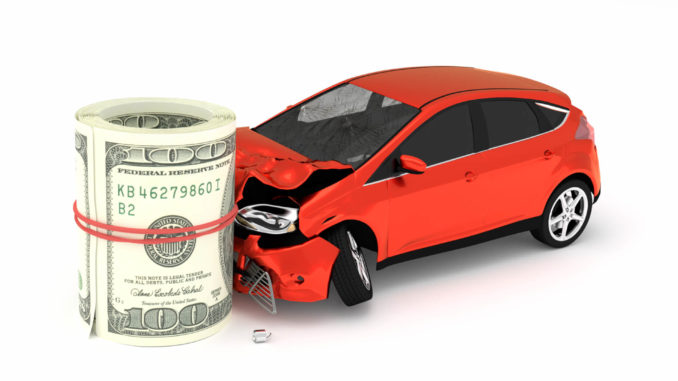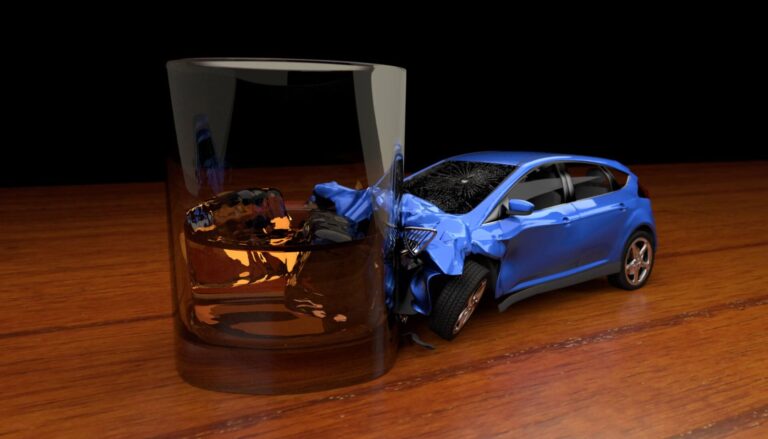Car Insurance Calculator: Estimate Your Costs
Car Insurance Calculator: Estimate Your Costs
Liability limits are written as a group of three numbers, such as 15/30/15, and breaks down to mean:
15 = $15,000 of property damage liability coverage per accident
Buying only your state’s minimum amount of liability car insurance could be a costly mistake because these amounts are usually inadequate if you cause an expensive accident.
Do you need collision and comprehensive insurance?
You only need to choose a deductible. This is the amount subtracted from your payout if you make a collision or comprehensive insurance claim, such as $500.
Even if you own your car outright, it’s worth considering buying collision and comprehensive insurance if you want coverage to replace or repair your car if it’s damaged due to a problem covered by your policy.
Some states, such as California, require only liability insurance. Other places, like New York, need more help. Other types of auto insurance that may be required in your state include:
Uninsured Motorist (UM). Mandatory in some states, optional in others. Uninsured motorist coverage will cover medical expenses for you and your passengers if the uninsured driver is injured. UM limits generally match your liability.
Underinsured Motorist (UIM). Like uninsured drivers, UIM is mandatory in some states and optional in others. It covers medical expenses for you and your passengers if you do not have sufficient auto insurance to cover injuries caused by the at-fault driver. UIM limits generally match your liability.
Individual Protection Program (PIP). Required by some states. If you live in a state with no-fault insurance, you can use your personal injury insurance to pay for medical expenses related to a car accident regardless of fault. PIP also covers other expenses, such as unemployment benefits and substitute services such as child care if you are unable to care for your children on your own after an accident.
Medical payment (MedPay). Required by some states. Health insurance covers the medical expenses of you and your passengers for injuries sustained in a traffic accident, regardless of fault.
What affects your vehicle insurance?
When you choose car insurance among multiple vehicles, the best way for the insurance company to get the right advice is to provide detailed information about yourself and the other drivers who will be charged by law. These are the conditions that most affect car insurance.
Your Age
Young drivers are at greater risk for accidents, so car insurance rates for people under 25 are higher than for other age groups.
Except in states like California, Hawaii, or Massachusetts, car insurance companies use age as a factor in car insurance rates when setting rates. Car insurance rates remain steady throughout middle age (mid-30s to early 50s) and begin to slowly rise once you reach age 70. Car insurance premiums for seniors increase as you enter your 70s and 80s because age-related injuries put you at risk for accident claims.
Learn more: How age and gender affect car insurance rates
Driving
The less you drive, the more you pay for car insurance. Young and inexperienced drivers are more likely to be affected, leading to higher car insurance premiums.
Driving License
Driving safely and having a clean driving record may result in lower rates. Some of the violations that can lead to increased costs include:
Negligence Accidents. If you cause material damage after an accident, your insurance premium will increase by 45%. This increase goes up to 47% if someone is injured.
Speed. After receiving a speeding ticket, your car insurance premium will increase by 24%.
Ball driver. After a DUI, your car insurance premiums will increase by up to 74%.
Your Location
Car insurance companies look at your location to understand the type and number of claims in your area. Incidents that may impact the facility include accidents, theft, vandalism, and other traffic violations and claims, as well as claims related to weather conditions such as hail or flooding. Car repair and maintenance costs can also affect the cost of car insurance in your area.
If you live in an urban area, you will generally pay more than a driver in a suburban or rural area. The rate of car accidents, car theft, and crime is higher in the city, and even if you’re a good driver, this will affect your car insurance rates.





